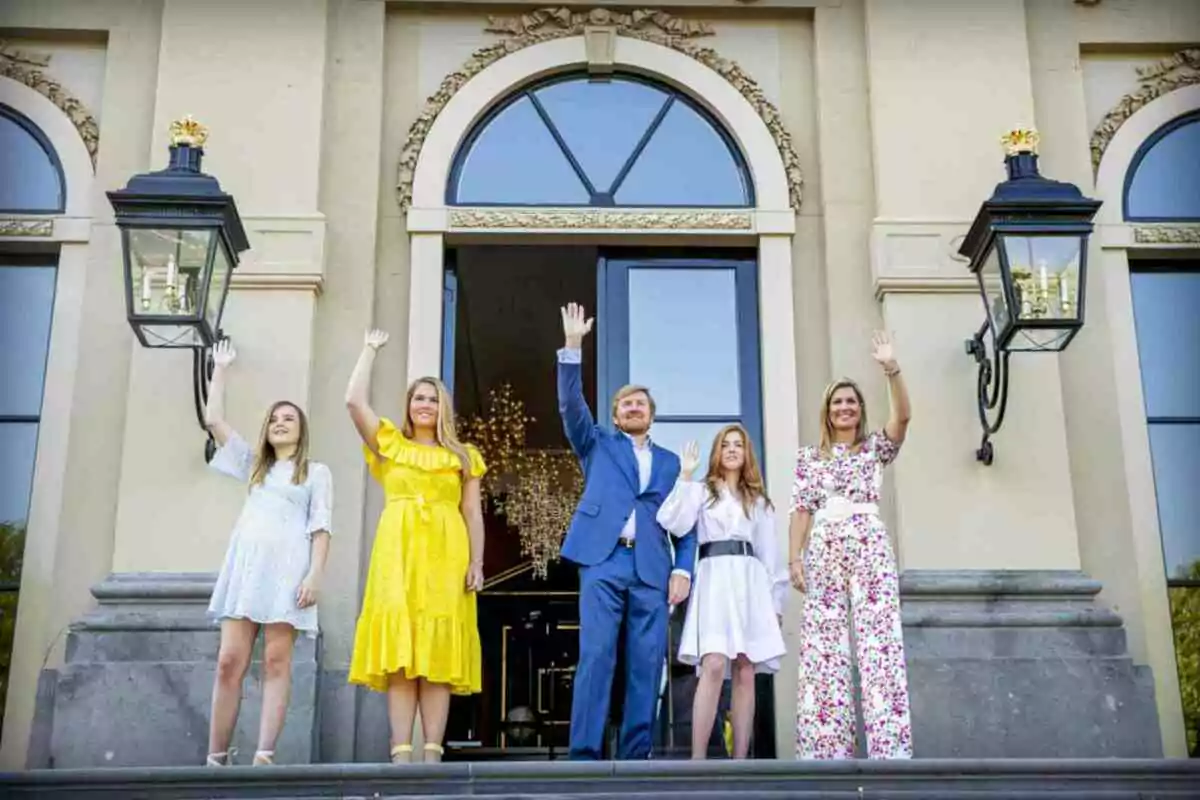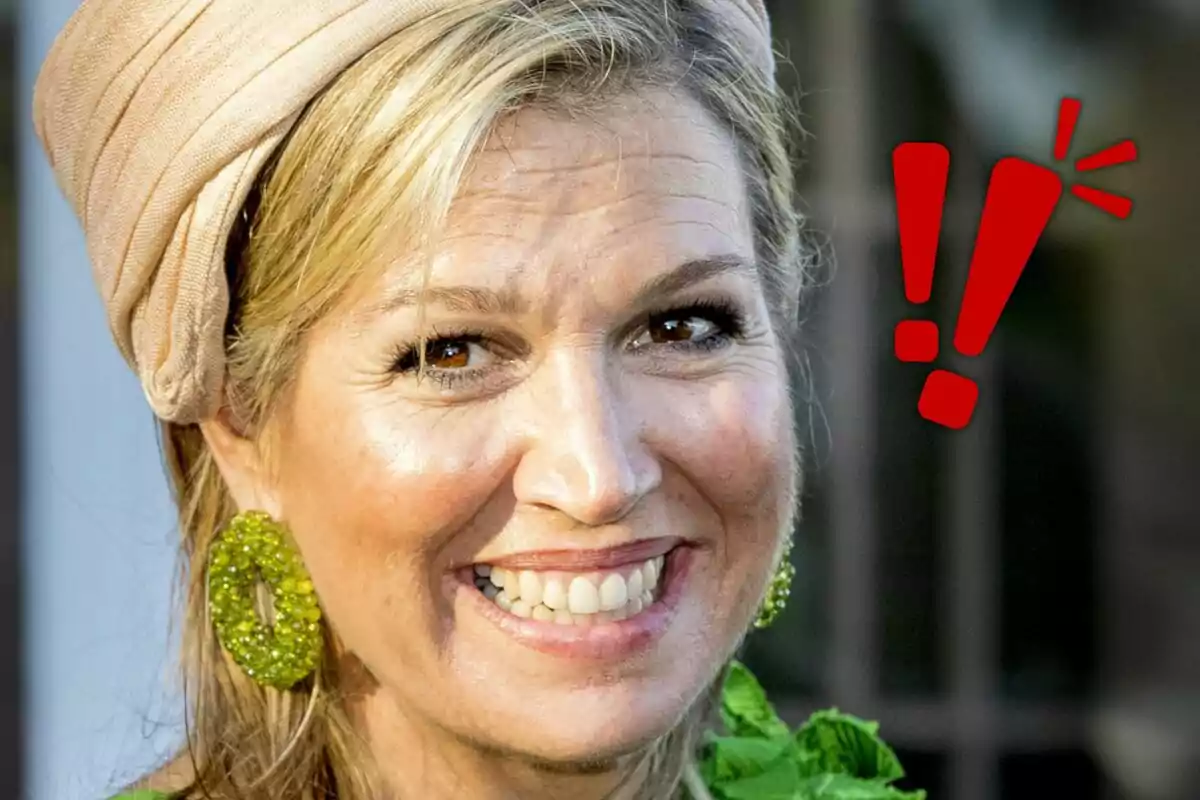Queen Máxima of the Netherlands lives with King Willem-Alexander and their three daughters in one of the most iconic residences in Europe. This is Huis ten Bosch Palace, a building that is part of the history of the Netherlands. Located in the heart of The Hague forest, it is the place where the institutional and the family aspects are combined.
The building, constructed in the 17th century, was home to several monarchs throughout history. Its interior reflects the passage of time and the adaptations that each generation has introduced. Today, it is also the symbol of a modern monarchy that doesn't forget its roots.

The new home of the Dutch royal family
The move of the royal family to Huis ten Bosch Palace marked the beginning of a new era. For years, they lived in Villa Eikenhorst, but in 2019 they settled in their official residence. With this, Máxima and Willem-Alexander strengthened their institutional role without giving up family privacy.
The change meant much more than a move. The building, full of symbolism, was transformed into a space adapted to the daily life of a 21st-century family. Between official events and private life, the residence reflects the balance between the personal and the institutional.
Princesses Amalia, Alexia, and Ariane also found in this palace a place to grow. Among historic halls and modern corners, Máxima and Willem-Alexander's daughters enjoy an environment that is both a home and a symbol of the Dutch monarchy.
A multimillion-euro renovation
The restoration work began in 2014 and ended in 2018, with an estimated cost of €63 million. The goal was to preserve the historical value of the palace and adapt it to the needs of the current royal family. The figure sparked debate in the country, but the royal house defended the investment as essential.
The renovation included both the restoration of rooms with high artistic value and the redecorating of other spaces. In some rooms, original furniture was kept, while in others, modern design pieces were incorporated. This way, a unique atmosphere was created that blends tradition with innovation.
Today, the palace shows the result of that transformation: a building that preserves its historical essence but offers its occupants the necessary comfort. The multimillion-euro cost is reflected in every detail, from the restoration of the facades to the interior decoration.

Spaces full of personality
Among the most surprising rooms is the lobby, where a LED lamp designed by Studio Drift welcomes guests. This piece replaces the classic crystal chandelier, showing the contemporary touch of the current monarchs.
Another of the standout spaces is the DNA Room, the work of artist Jacob van der Beugel. Its walls, covered by 60,000 yellow ceramic pieces, reproduce the genetic sequence of Máxima and Willem-Alexander. The result is a fusion of art and biography that makes the room unique.
In addition, both Willem-Alexander and Máxima have their own offices. The king's office keeps a sober style, presided over by a portrait of William of Orange, while Máxima's blends color, modernity, and tradition. Next to them, the library, decorated in blue tones, completes a set that reflects the personality of the royal family.

